Florida Keys islands contain about 800 individual keys at a distance of 180 miles from the southern end of Florida.
This tropical chain of coral and limestone islands represents one of the most unique geographical structures in the US, yet many visitors are surprised at the exact number and importance of these scattered jewels in the Atlantic Ocean and the Gulf of Mexico.
Table of Contents
ToggleFixed Answer: A total of 800 keys
According to official tourism sources and geographical surveys, there are 800 keys including Florida Keys Islands.
However, to understand this number requires reference to what the “key” is and which are accessible to visitors.
What Qualifies as a Key?
A key in the Florida Keys context mainly refers to any small, low-covered island of coral or limestone.
These structures include major inhabited islands with established communities and infrastructure, uninhabited mangrove islands that serve as important wildlife, small rocky outfits that barely appear during high tide, and in decades decades artificial poor islands created through various dreading functions.
Five main areas of Florida Keys
Florida keys are traditionally divided into five separate regions: Key Largo, Islamarda, Marathon, Big Pine and Lower Kunj, and West of Key West.
Each region contains several individual keys, but acts as a convenient way to navigate this broad island chain.
Major largo region (mile marker 106-92)
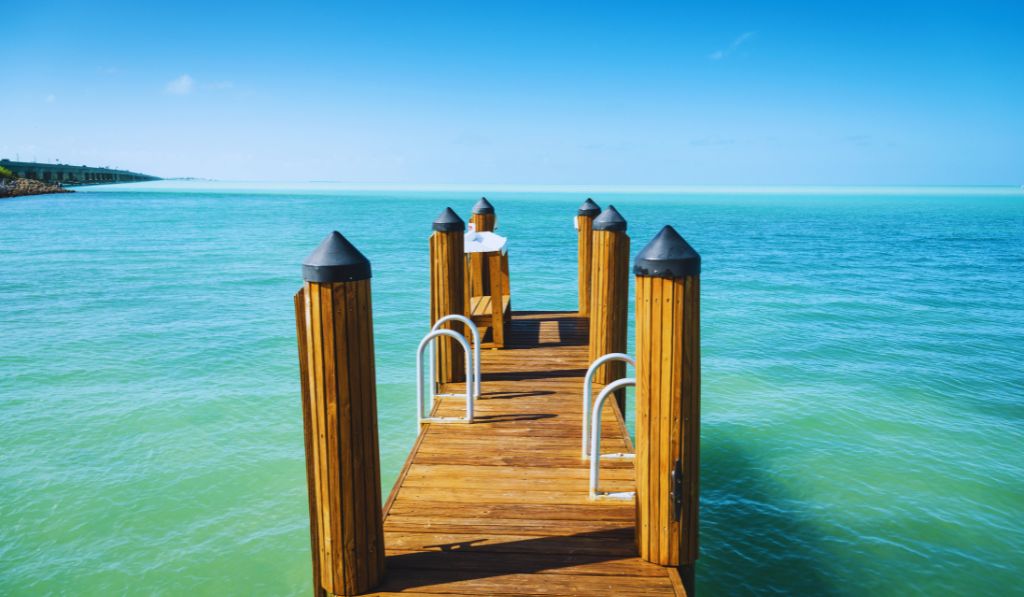
The largo stood as the largest personal key in the series, which measures in a length of about 30 miles.
This northern entrance to the keys consists of the Main’s Largo island that serves as the primary commercial hub, with its rich historical importance, is famous for the plantation key and established residential areas, its ancient fossil coral mines of Windle, and Holiday Isle which attracts many tourists throughout the year.
Islamorada Region (Mile Marker 90-73)
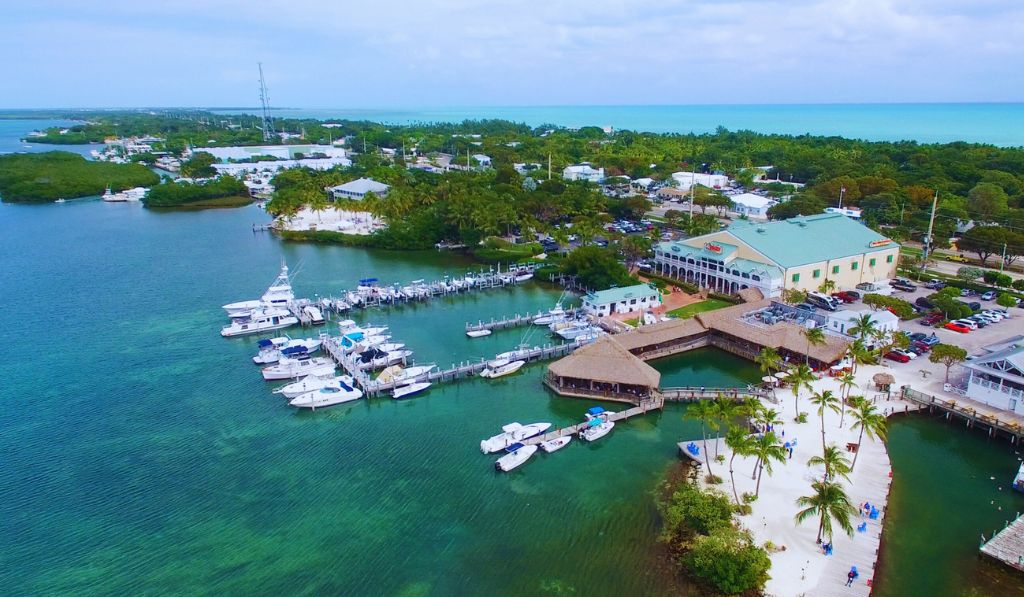
Known as the “islands of the islands”, Islamorada includes several connected keys including the upper Makumbe, which features residential and entertaining areas of the main commercial district, lower matchbums, as well as Craig, Fasta’s key with its popular RV resort, and long -term key which provides excellent state adventure and camp facilities.
Marathon Region (Mile Marker 65-40)

The “Heart of the Keys” includes many islands, including the key to the vaccine which is serving as the primary island with the marathon city.
The region also incorporates Knight with its historical significance as a East Railway Terminus, a boot, which provides a wide marina and anchorage region, and many residential communities, including fat deer key, long points, crawls, and the key to the grass which is home to the famous dolphin research center.
Big Pine and Lower Keys Area (Mile Marker 40-5)

The region involves the highest concentration of separate keys, in which the large pine key is the largest island in the lower keys and home to the national key deer.
The region includes many residential and entertaining communities such as Little Pine, its famous pub, Ramrod, key, the famous No name key, which enthusiastically enthusiastically, Kudjo’s, Sugarloaf, The Multiple Saddlich keys, The Multiple Sadhilch Kes, the west near Big Copit and various small islands and various small islands.
West region (mile marker 5-0)
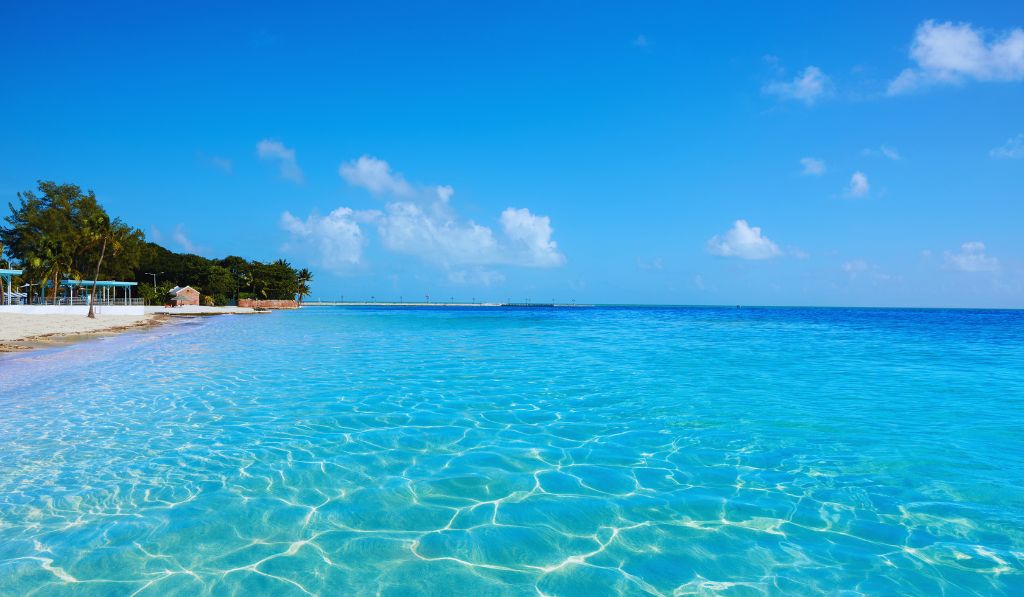
The southern region is the center around the west of the famous region, known as the southern city in Continental United States.
The region also includes Stock Island that serves as a working waterfront and provides essential services with small islands such as Christmas Tree Island, exclusive Sunset resort island and Fleming of Fleming, with the Navy Air Station’s assets.
Major vs minor keys: understanding distribution
While there are 800 total keys, only 30–40 are considered to be a “major key” with significant growth, permanent residents or tourism infrastructure. The remaining 750+ keys come in these categories:
Inhabited keys
Only 15–20 keys have permanent residents and basic infrastructure. These include Major population centers of Marago, Islamorada Area Keys, Marathon Area Keys, Big Pine key, West and Stock Island.
These keys set up communities with schools, hospitals, grocery stores and other essential services that support the residents of the year.
Sulabh uninhabited keys
About 20-30 keys can be reached by boat or bridge, but they have no permanent residents.
These include popular destinations like Indian key historic State Park, Lignumwit’s Botanical State Park, Bahia Honda key, which operates as a state park, and various scenic mangrove keys that offer excellent kayaking and wildlife views.
Remote and inaccessible keys
The vast majority of Florida, in over 700 individual islands, remain inaccessible for large -scale untouched and accidental visitors.
These include small mangrove islands that serve as a habitat of important wildlife, spoil islands created from historical dragging operations, small coral heads that barely break the surface, preserved bird nest areas that remain off-lymph during the reproductive season, and shallow water structures that only appear during the gross water.
Overseas Highway: Adding Kunjas
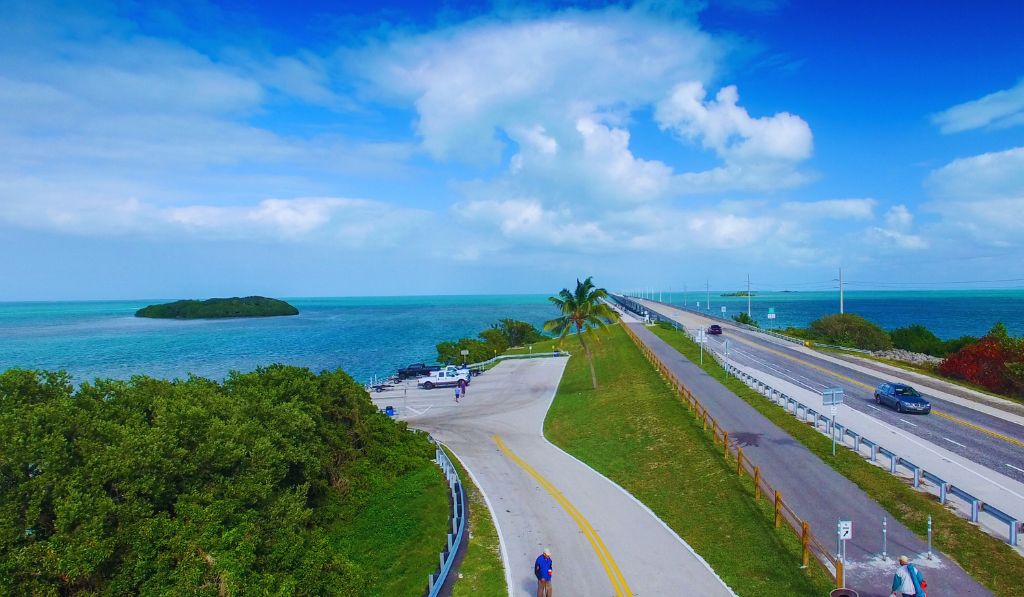
Florida Keys foreign highway is 113 miles West from Miami-Dad/Monroe County Line. The engineering marvel consists of 42 bridges connecting Florida Keys Islands, with the famous Seven Mile Bridge the longest.
Mile marker system
Florida Keys appoints a unique mile marker navigation system that initially runs from the mile marker 126 to the mile marker 106 in the city of Florida, where the largo starts officially, below the miles 0 at the southern point of the West.
This system serves as a primary method to give instructions throughout the island chain and detect businesses.
Historical formation and geography
Florida keys formed through two separate geological processes, which today we make up the upper and lower classes.
Upper keys formation
The northern section was made from ancient coral reefs, which formed high limestone structures, resulting in high ground height usually 10–18 feet above sea level. It gives the upper keys to their specific rocky coast and is slightly more rugged.
Lower keys formation
The southern part was designed from the oolitic limestone deposit, which forms a lot of flattery topography with low height, usually 3–8 feet above sea level.
The process of this formation resulted in a more similar, low-level landscape feature of the area with lower keys.
Ecological significance of 800 keys
The comprehensive 800-key system forms a varied ecosystem both above and below the water.
Marine ecosystem
The water around the keys support coral rocks that are part of the Florida Reef Tract, broad sea grass beds that grow in shallow areas between the islands, with most key edges, dense mangrove forests, and deep water channels that move between major groups, supporting different maritime communities.
Terrestrial housing
On the ground, the keys support the big, more installed keys on tropical hard wooden swings, unique pine roll ends, mainly large pine, salt marshes in more protected areas, and coastal strands are found on vegetation, which thrive on more exposed coastline in front of the open sea.
Wildlife
The 800-key system supports unique wildlife:
endemic species
- Key Deer (Odocoilus Virginians Clavium) – found only in lower keys
- Key largo woodrat – severely endangered
- Major largo cotton mouse – endangered species
Marine life
- Florida Reef Tract – Only living coral reef in continental US
- Torpone – Major Game Fish
- Bonfish – Flats Fishing Specialty
- Dolphin – Residents of the year
Tourism and entertainment in keys

water activities
Popular activities are many keys:
- Diving and snorkeling – West from largo
- Fishing – Offshore and Flat both Fishing
- Boating – hopping island between the keys
- Kayakeyng – Trails through mangrove small keys
Land-based attraction
- John Pancamp Coral Reef State Park – key Largo
- Theater of the Sea – Islamarda
- Dolphin Research Center – Marathon
- National Key Deer Refuge – Big Pine Key
- Ernest Hemingway House – key West
Planning your keys adventure
Transport option
- Overseas Highway Drive – access to connected keys
- Charter Boats – Reach Remote, Uninhabited keys
- Kayak Tours – Explore Mangrove Keys
- Seeplane Tours – Aerial Scene of all 800 keys
Best time to travel
- Winter months (December-April): dry season, cooler temperature
- Spring (May-June): Good weather, low crowd
- Summer (July-September): Hurricane season, hot and humid
- Fall (October-November): Transition period, variable weather
Efforts to conserve in keys
Protected area
Many keys are preserved through various designations:
- Florida Keys National Marine Sanctuary – Surround Water
- Everglades National Park – Northwestern Keys
- National Key Deer Refuge – Lower Key
- State Park – Personal Key Protection
Environmental challenges
- Sea level rise – Low -fledged keys threatened
- Storm damage – regular storm effects
- Development Pressure – Limited land availability
- Water Quality – Coral Reef Safety concern
Economic influence of 800 keys
Tourism industry
The broad key system supports:
- Hotel and Housing Area
- Restaurant and hospitality services
- Entertainment and tour operations
- Marine service industry
commercial fishing
- Stone cutting
- Spiny Lobster Fishing
- Commercial fish species
- Shrimp operation
real estate market
Makes limited land in 800 keys:
- High property price on developed keys
- Special community on private key
- Protection ban on protected keys
- Development limitations due to environmental concerns
Climate and weather patterns
Tropical climate characteristics
- Average temperature: 75-85 ° F throughout the year
- Storm season: June 1 – 30 November
- Drought season: December – April
- Wet Weather: May – November
Unique microclimates
Various keys variations in experience:
- Pawan Risk – more clear on external keys
- Rain pattern – cross variables of the chain
- Temperature Moderation – Effect of Ocean
Future of Florida Keys
Climate change effect
- Small keys are threatened by increase in sea level
- Increase in intensity of storm affects all keys
- Coral bleaching affects marine ecosystems
- Salt water infiltration affects the supply of freshwater
Sustainable development
Efforts to balance development with protection:
- Construction of restrictions on weak key
- Renewable energy initiative
- Water conservation program
- Waste management improvement
Conclusions: more than just one number
While the keys of Florida have about 800 individual keys, the actual significance is not in counting, but represents these islands in incredible variety.
Only from the pests of the west of the insect west of the remote mangrove islands accessible by the kayak, each key contributes to the unique character of this tropical archipelago.
Whether you are planning to visit the major developed keys with the foreign highway or expecting to detect remote islands by boat, understanding the scope and diversity of the keys of Florida, any adventure is extended to this American Caribbean heaven. 800 keys offer everything from world class diving and fishing to cool natural refugees where endangered species find sanctuaries.
This remarkable series of the islands continue to entertain visitors with their natural beauty, rich history and endless recreational opportunities, proving that sometimes it is as important as the travel destination through 800 keys.

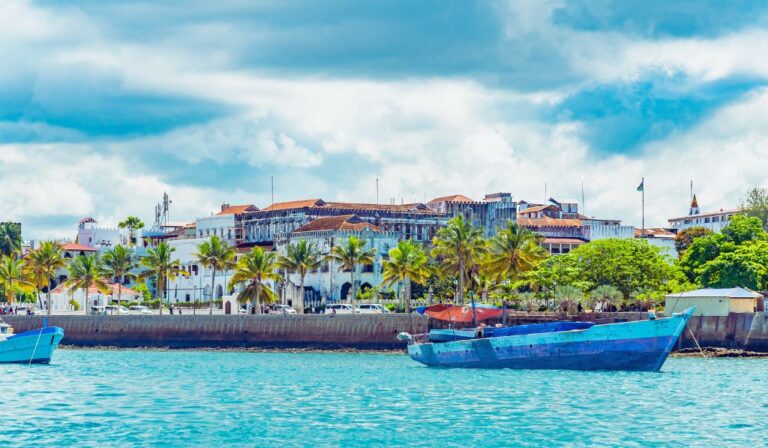
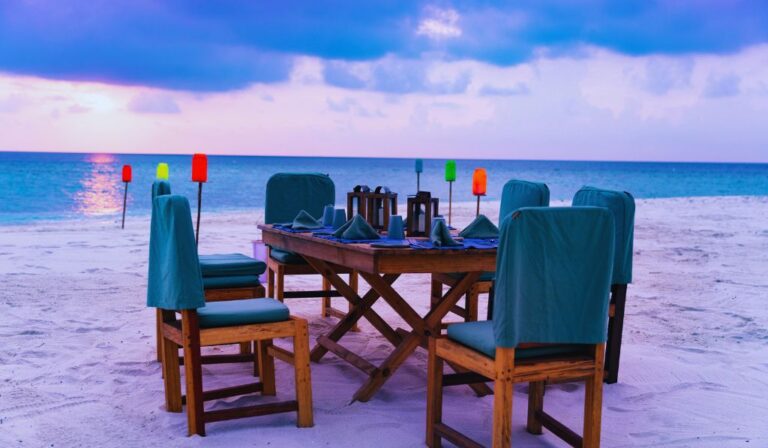
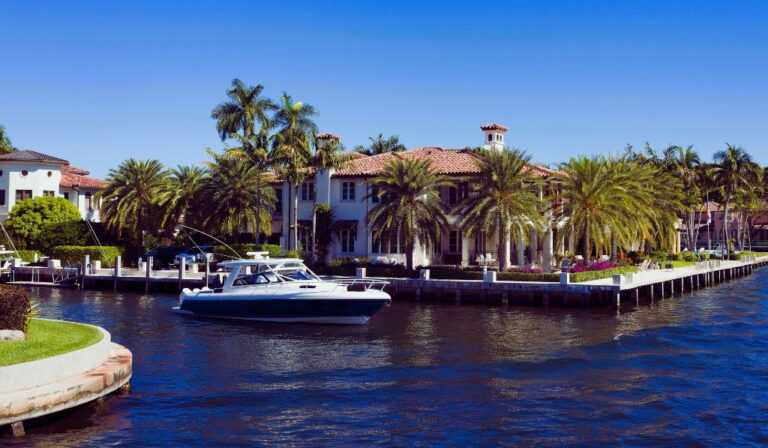

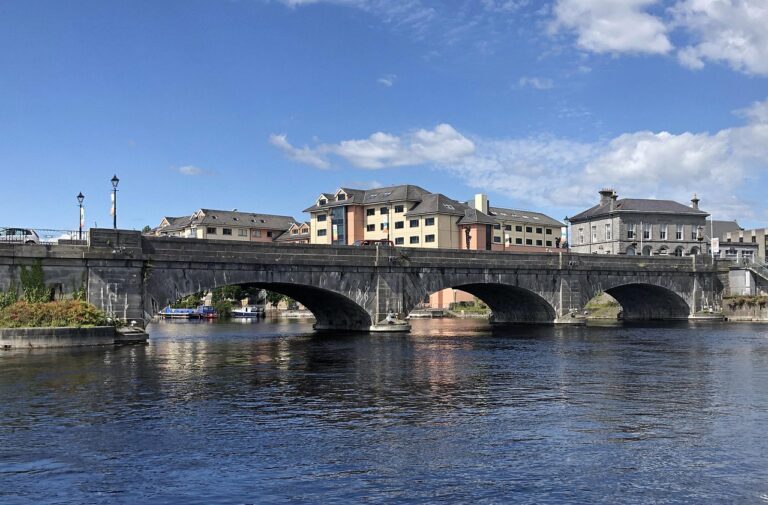




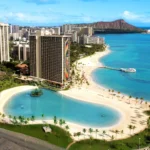





1 thought on “How Many Florida Keys Make Up Florida’s Island Paradise?”
Interesting To read